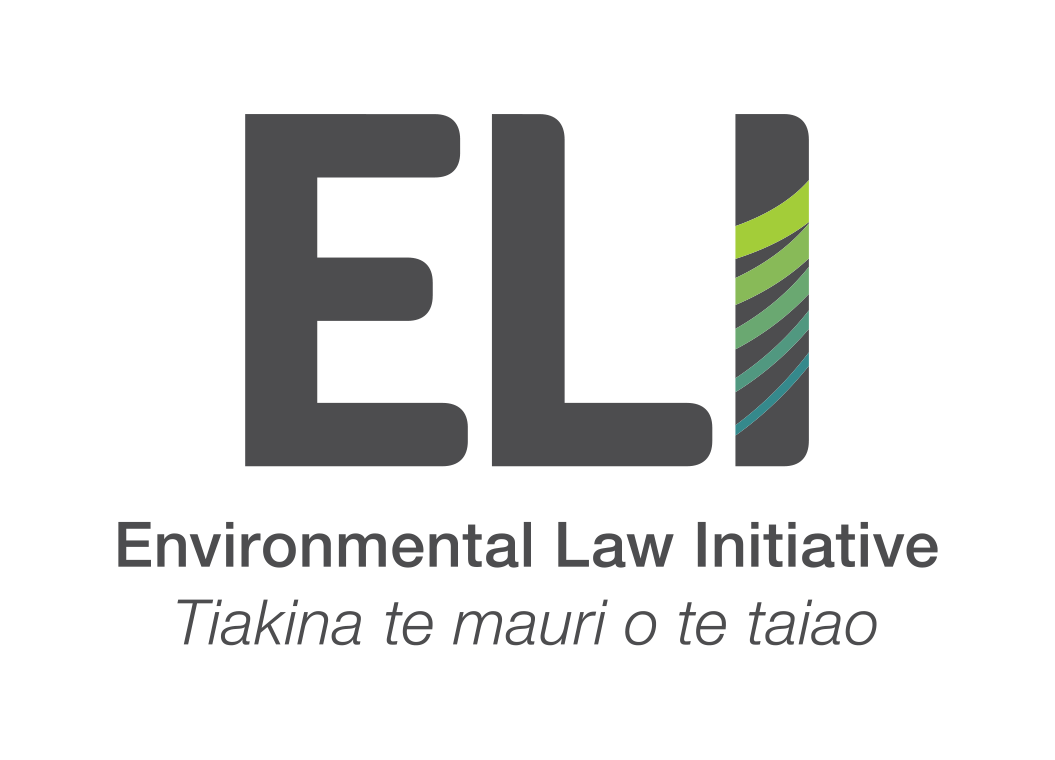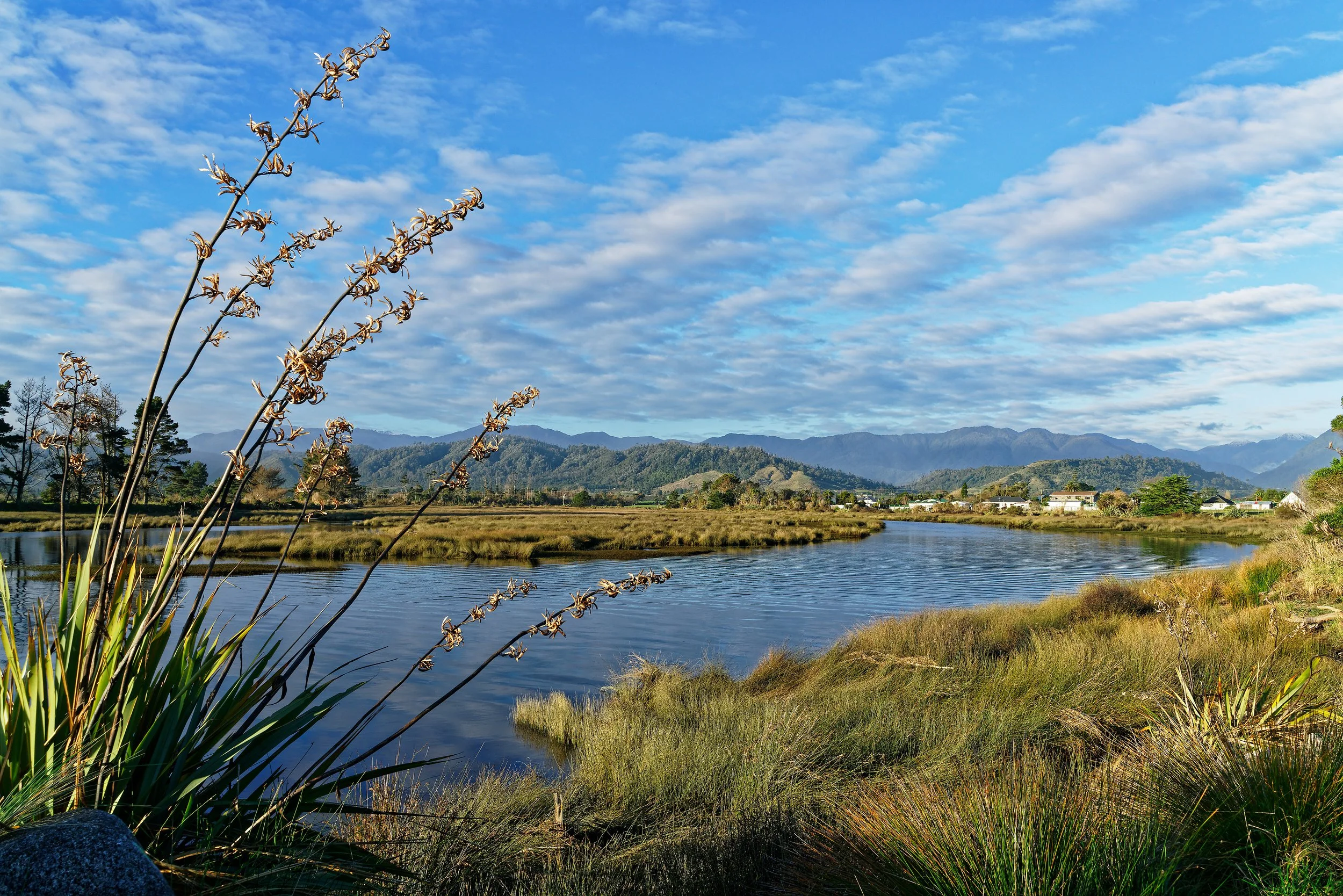Holding Environment Southland accountable on wetland loss
ELI v Environment Southland
We are challenging Environment Southland in the High Court for its failure to take action on wetland loss.
Wetlands are home to incredible biodiversity, can absorb vast quantities of carbon, and are a natural form of flood and coastal protection.
Less than 10% of original wetlands in Aotearoa remain. It is crucial they are protected. Under the Resource Management Act, regional councils are responsible for maintaining wetlands.
Yet in Southland, wetland loss has occurred at an alarming rate. Half of the total loss of wetlands in Aotearoa between 1996 and 2018 was in Southland, with 2709 hectares lost. Most were from lowlands near or adjacent to the internationally significant Awarua-Waituna wetland.
ELI’s case was heard in the Christchurch High Court in early October 2024. ELI made the case that Environment Southland failed to monitor the extent of wetlands, review the efficacy of its wetland rules, or take action to prevent wetland destruction. The judge’s decision is pending.
Why did we take this case?
Wetlands play a vital role in New Zealand’s environment, serving as natural infrastructure for flood control, carbon storage, and protecting against coastal inundation. Wetlands are also biodiversity hotspots, home to a range of unique species. Sadly, in New Zealand, a staggering 90% of its original wetlands have been lost due to drainage and conversion for agricultural purposes.
The extent and pace of wetland loss in Southland is extraordinary. A staggering 2709 hectares of wetlands was lost in Southland between 1996 and 2018 - half of the total loss of wetlands in Aotearoa.
By holding governing bodies such as Environment Southland accountable for their enforcement of existing laws, we can support the long-term survival and sustainability of wetlands in Aotearoa.
Case timeline
April 2023 - ELI filed for judicial review
30th Sep - 2nd Oct 2024 - Case heard in the Christchurch High Court
Awaiting decision from the High Court
-
To effectively protect wetlands, ELI wants Environment Southland to monitor to detect wetland loss when it is occurring. When possible wetland loss is detected, it should be able to intervene swiftly. Such monitoring should be the basis for improvements to the council’s rules around wetlands.
Since at least 2010, Environment Southland has had rules in place to shield natural wetlands from land drainage, requiring resource consent to do so. Yet, of 61 wetland losses investigated in Southland in a 2020 report, none were associated with a resource consent.
ELI says Environment Southland has failed to act on documented losses, evaluate the efficacy of existing regulations, or conduct ongoing monitoring of wetlands so that losses can be detected in time to act.
-
Loss of wetlands since 1990 in Southland, New Zealand - Robertson et al. New Zealand Journal of Ecology, vo. 42, no.1, 2019
Environment Southland Wetland Inventory Project: Monitoring wetland extent on non-public conservation land in the Southland region - Interim report for 2016, Richard Ewans
The Root Causes of Wetland Loss in New Zealand: an Analysis of Public Policies & Processes - the National Wetland Trust, 2020





